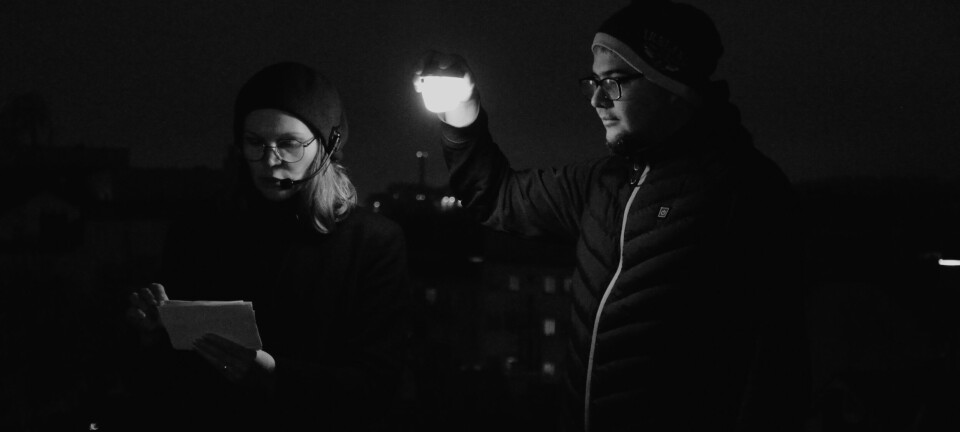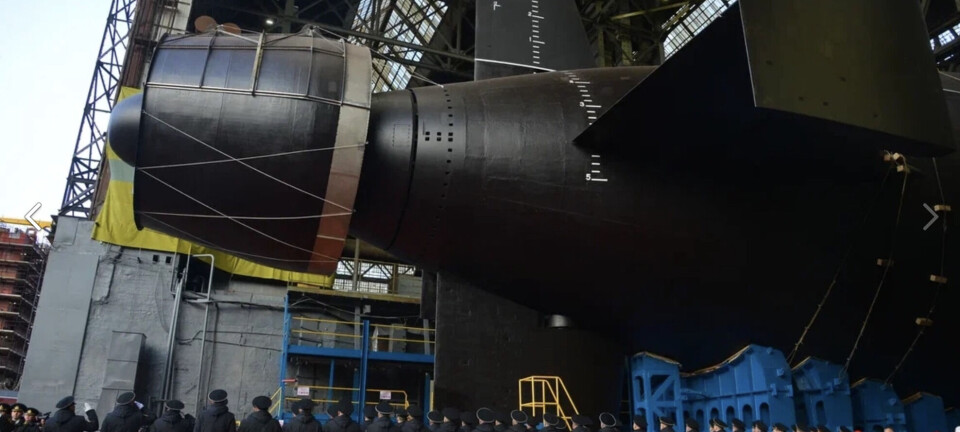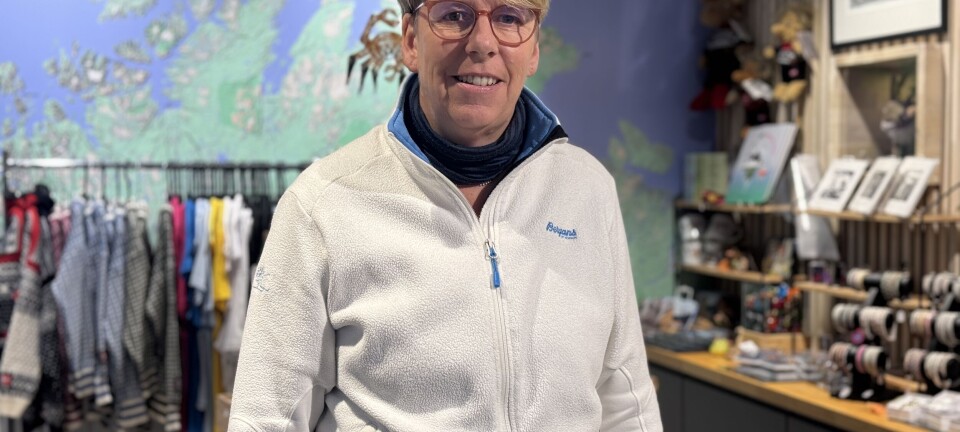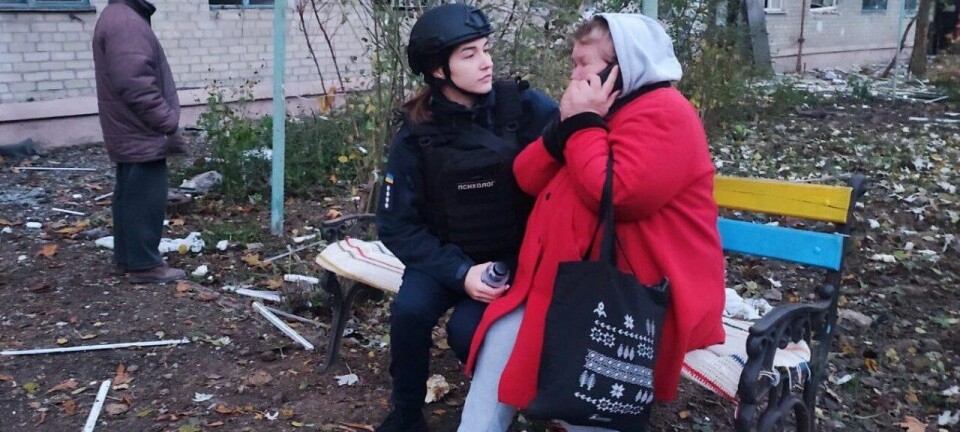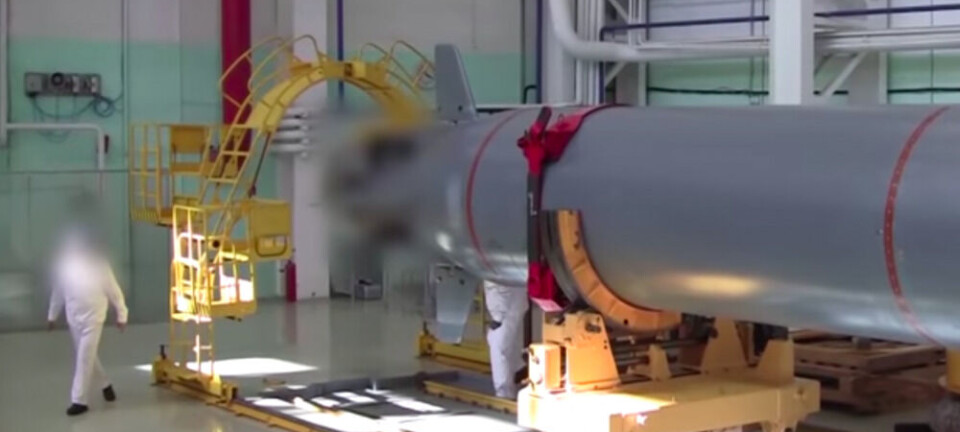
Before Coronavirus, Finnish Lapland had tourism boom in January
The number of tourists visiting Finnish Lapland grew by 12.5 percent in January compared to the same period last year, according to preliminary data released by Statistics Finland on Thursday.
The increase is being driven by snow-seeking foreign visitors, who accounted for about four of every five registered overnight stays in the region last month.
In total, more than 382,000 overnight stays were recorded in hotels and other accommodation in Lapland throughout the month of January.
Lapland’s year-on-year increase in tourist numbers is above the 8.2 percent average for the entire country, and is the continuation of a wider trend which saw Lapland set a new record for tourist numbers in 2019.
The total number of overnight stays across Finland was over 1.6 million in January.
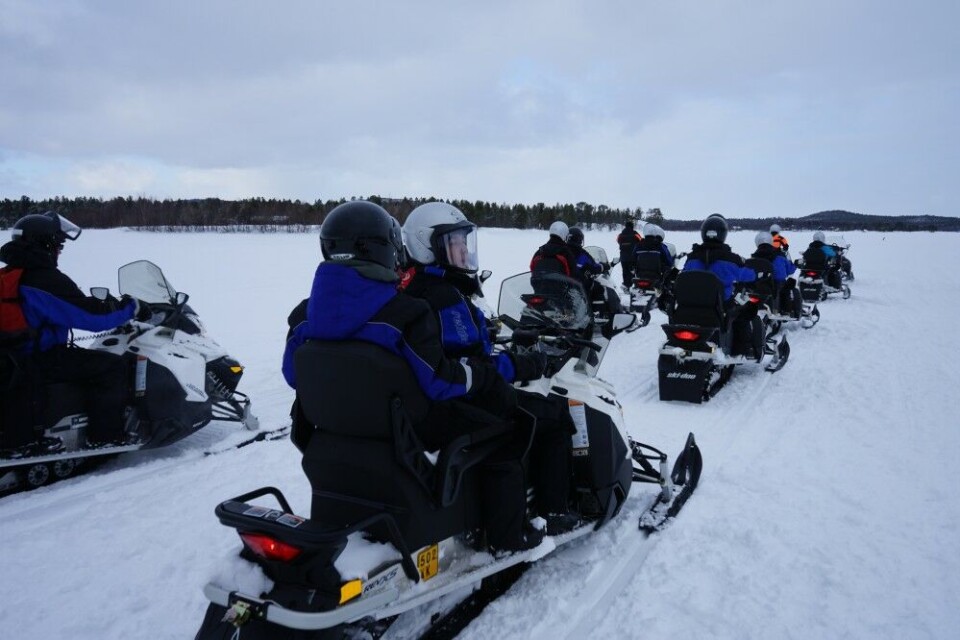
French and British tourists lead the way
Nearly 300,000 people visited Finnish Lapland from outside of Finland in January, according to the Statistics Finland figures.
Tourists from France, the United Kingdom and the Netherlands made up the top three largest tourist groups.
Chinese tourists were the fourth largest group — but also the fastest-growing — as their overnight stays increased by a whopping 50 percent year-on-year.
The data also revealed that foreign tourists are exploring different parts of Finnish Lapland, with almost all tourist reporting an increase in numbers. The highest growth rate was recorded in the municipality of Kemi, which saw a 41 per cent in overnight stays.
Rovaniemi, one of the most popular tourist destinations in the area, saw a 15 percent increase compared to the same period last year, while the villages of Kittilä and Kolari reported a rise in overnight stays of 16 and 12 percent respectively.
Figures do not include Airbnb stays
The figures are based on preliminary data released by Statistics Finland, and includes overnight stays registered at hotels, motels, guest houses, hostels, holiday villages and campsites with a minimum of 20 beds.
The statistics do not however fully cover all tourist numbers, as figures for Airbnb overnight stays are excluded.
This story is posted on Independent Barents Observer as part of Eye on the Arctic, a collaborative partnership between public and private circumpolar media organizations.








